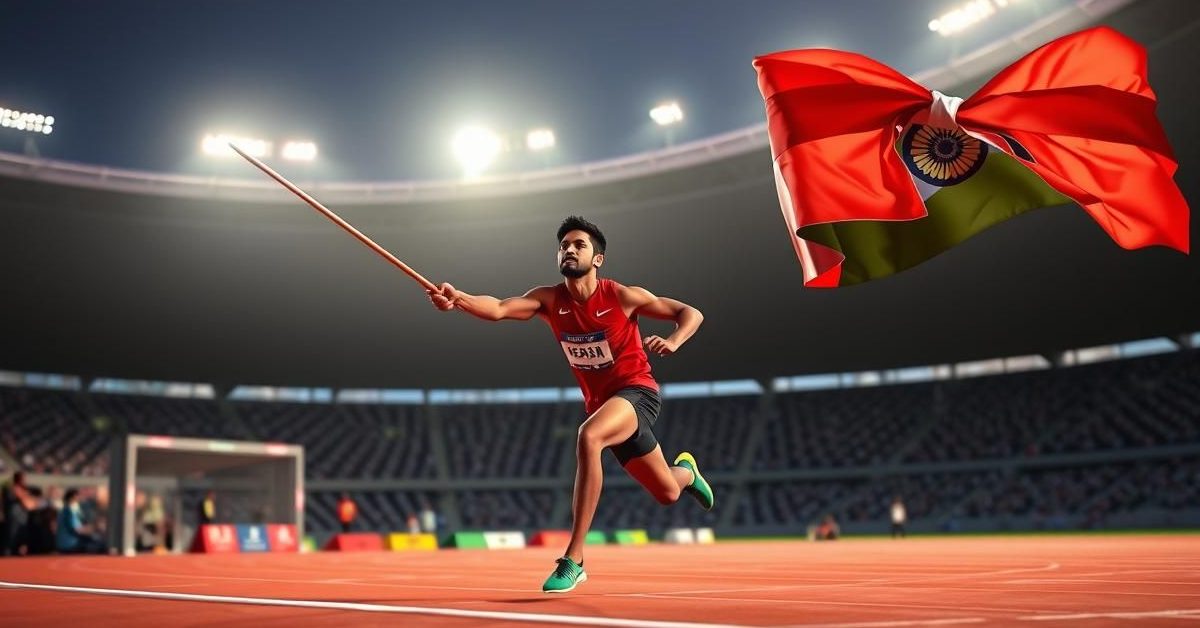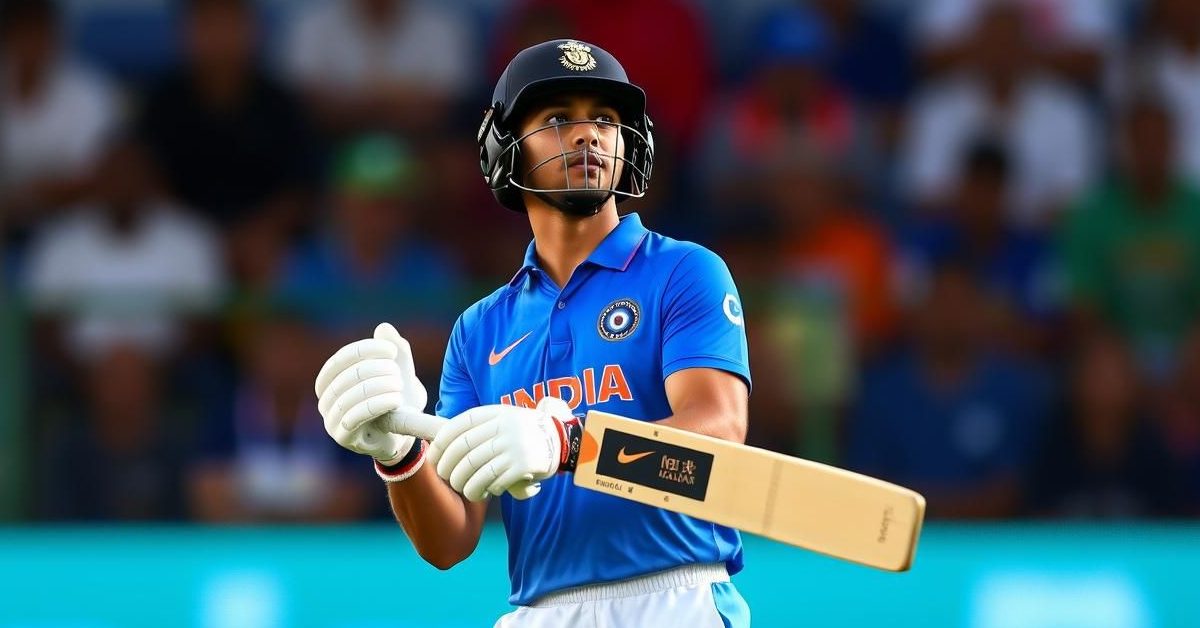In a move set to reshape the very fabric of white-ball cricket, the International Cricket Council (ICC) has announced a series of significant playing condition amendments. These sweeping changes, poised to impact One Day Internationals (ODIs), Twenty20 Internationals (T20Is), and even Trials for First-Class Cricket, aim to enhance player safety, streamline decision-making, and evolve the strategic landscape of the game.
A Strategic Shift: The Two New-Ball Rule in ODIs
For years, the controversial two new-ball rule in One Day Internationals has sparked heated debates among players, pundits, and fans alike. Proponents argued it brought balance, aiding seamers throughout an innings, while critics contended it unfairly benefited quick bowlers and diminished the role of spin as the ball aged. Now, the ICC has introduced a nuanced compromise.
Under the new directives, bowling teams will still begin an ODI innings with two new balls, one from each end. However, after the first 34 overs, they will be given a pivotal choice: to select *one* of those two initial balls to continue with for the remainder of the innings. This strategic pivot means the game will effectively proceed with a single, aging ball for the final sixteen overs, potentially reintroducing the traditional challenges of reverse swing and offering a greater advantage to spinners and older-ball specialists. It’s a fascinating twist that could dramatically alter end-of-innings tactics.
Rethinking the Wide: A Groundbreaking Trial
Get ready for a fascinating experiment concerning one of cricket’s most fundamental calls: the wide ball. The ICC is trialing a radical tweak to the wide-ball rule, particularly impacting leg-side deliveries. The new reference point for judging a wide will be the batter’s leg position *at the point of delivery*, irrespective of subsequent movement.
Specifically, any ball passing the popping crease between the leg stump and a newly extended “protected area marker line” will *not* be called a wide. This marker, now extending to the popping crease, will serve as a vital guide for umpires. Conversely, any leg-side delivery that passes behind the batter’s legs and outside of this newly defined line at the popping crease could still be deemed a wide. This trial promises to reduce ambiguity, potentially leading to fewer wide calls and demanding even greater precision from bowlers.
Prioritizing Player Welfare: Enhanced Concussion Protocols
Player safety remains paramount, and the ICC has reinforced its commitment with significant enhancements to concussion protocols. Firstly, teams will now be mandated to nominate their designated concussion replacements *before* each match commences. This proactive measure aims to prevent any potential home-team advantage in selecting a substitute from a larger pool of players once a concussion incident occurs.
Crucially, the governing body has also introduced a minimum seven-day stand-down period for any player diagnosed with a concussion during a match. This recommendation from the ICC Medical Advisory Committee underscores a vital focus on player well-being, ensuring adequate recovery time before a return to play. It’s a pivotal step towards safeguarding athletes in a demanding sport.
Broader Spectrum of Changes: DRS, Stop-Clock & More
Beyond these headline alterations, the ICC has also refined other critical aspects of the game. The Decision Review System (DRS) will see a more precise “wicket zone” definition, now aligning precisely with the actual outline of the stumps and bails for greater accuracy in LBW decisions.
Furthermore, Test cricket will see the introduction of the ‘stop-clock’ rule, a bid to speed up over rates and reduce dead time. Adjustments have also been made to boundary catches, and a trial for domestic First-Class cricket will allow teams to replace a player who suffers a “serious injury” during a match, including pre-match warm-ups, with a like-for-like substitute. This aims to maintain competitive balance and ensure player welfare even at the domestic level.
When Do the New Rules Take Effect?
Cricket enthusiasts won’t have to wait long to witness these changes. The new playing conditions for Test cricket have already been implemented with the start of the 2025-2027 World Test Championship cycle, notably kicking off with the series between Sri Lanka and Bangladesh in Galle from June 17-21.
For the limited-overs formats, the upcoming series between Sri Lanka and Bangladesh will mark the official rollout. Their three-match ODI series, commencing July 2, will introduce the new One Day International regulations, followed by their three-match T20I rubber from July 10, bringing the T20 modifications into play. These changes signify a dynamic evolution in the sport, promising an intriguing future for cricket across all formats.














